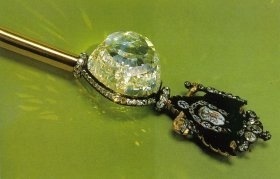The Golden Ring is the name given to Russia’s most famous historical region, a handful of towns around Moscow which have been centres of Russian culture and politics for centuries. We visited four of the towns.
Sergiev Posad
This small town is easy to reach as a day trip from Moscow. The trip itself was quite interesting – our first experience of a Russian local train, it’s a bit like a live version of the shopping channel with vendors walking through the carriage selling everything from ice creams to train timetables to suction hooks. Sergiev Posad is best known for its monastery which is still home to black robed, long bearded monks.
Unfortunately for us, some of the major buildings of the monastery are undergoing restoration work at the moment, so we didn’t see it at its most impressive.
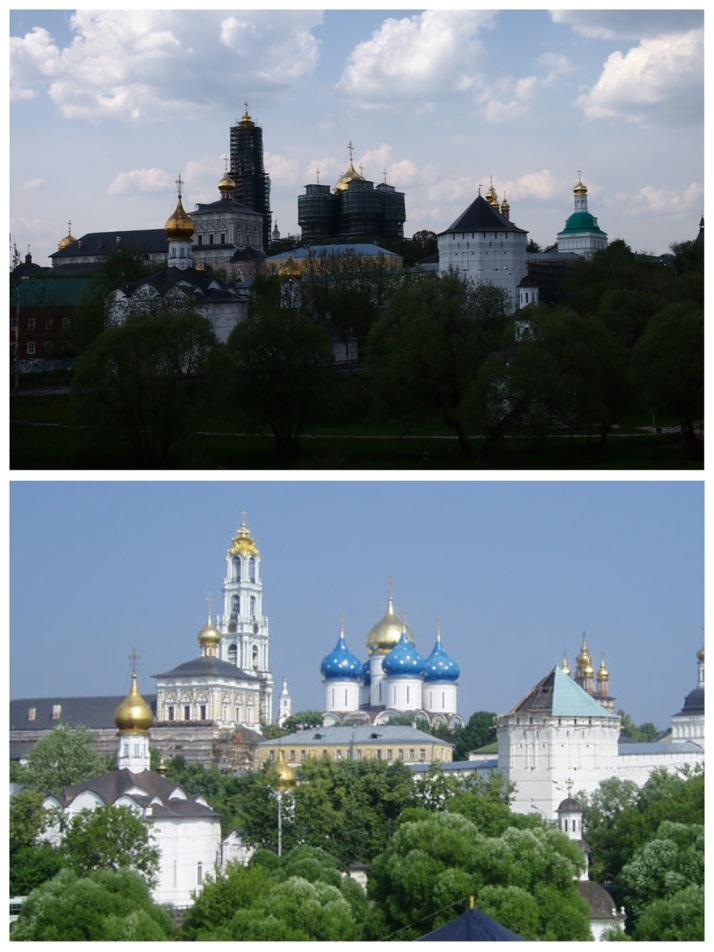 Sergiev Posad when we visited (top) and without the scaffolding
Sergiev Posad when we visited (top) and without the scaffolding
Still the monastery contains some beautiful buildings and lots of visitors are there as pilgrims to visit the remains of St Sergius in the Trinity Cathedral and take home a bottle of holy water from the fountain in the courtyard. We queued up to see the silver sarcophagus and then felt a bit fraudulent not to be crossing ourselves and kissing the lid.
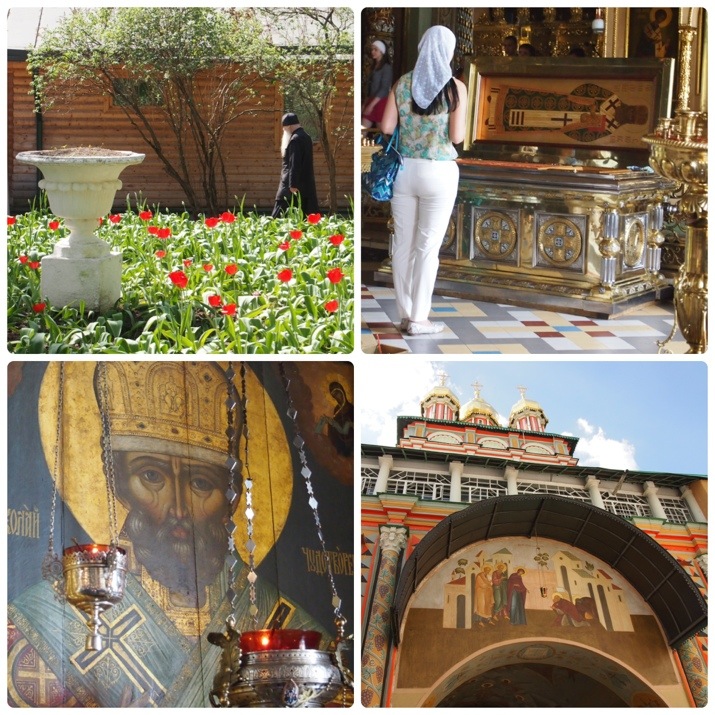 Exalted Trinity Monastery of St Sergius (clockwise from top left): monk walking through grounds, visitor at a shrine, church above the Holy Gates, ikon
Exalted Trinity Monastery of St Sergius (clockwise from top left): monk walking through grounds, visitor at a shrine, church above the Holy Gates, ikon
It was a really hot day, so on the way back to the station we had a refreshing glass of Kvas, a local soft drink made from fermented rye bread which is much tastier than it sounds!
Vladimir
Vladimir was a nice change of pace after the bustle of Moscow. A medium sized town which is not just reliant on tourism, but does have some great historic buildings. We were lucky enough to find an excellent host for our stay here (also named Vladimir). He was not only generous enough to meet us at the train station and drive us to the house, but he and his wife entertained us for an evening of Russian banya, barbecue and conversation (aided by a Russian-English dictionary!).
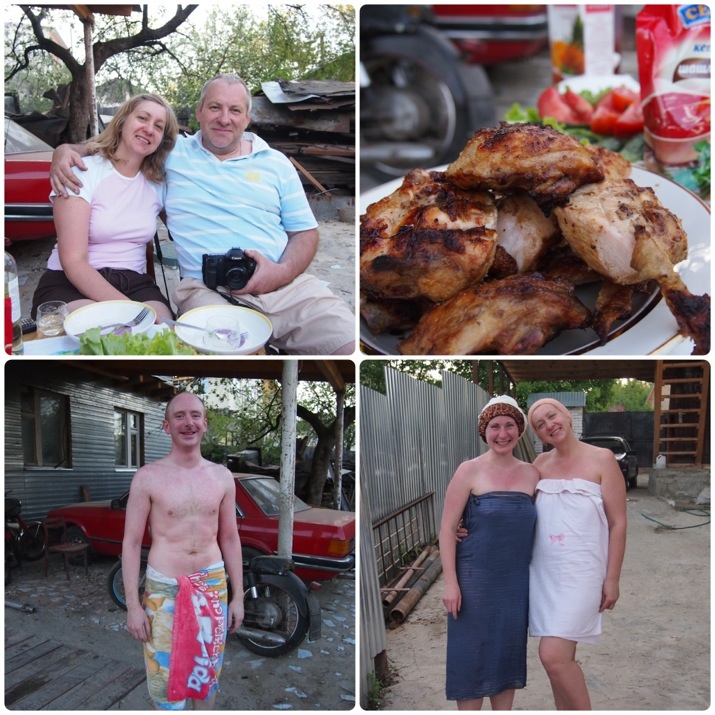 Tonya and Vlad, yummy barbecued chicken, between Banya sessions!
Tonya and Vlad, yummy barbecued chicken, between Banya sessions!
The day that we visited the town’s museums happened to be an open day which meant that they were free but also very busy with locals. The Golden Gate in the centre of the main street is the last surviving remnant of the town’s medieval defences. It now contains a military exposition with an audio visual element which the administrator switched to English for us, much to the confusion of the locals! The town is also home to two cathedrals, the small Cathedral of St Demetrius of Salonica which although plain inside has hundreds of carvings outside, and the beautiful Assumption Cathedral where Russia’s earliest rulers were crowned.
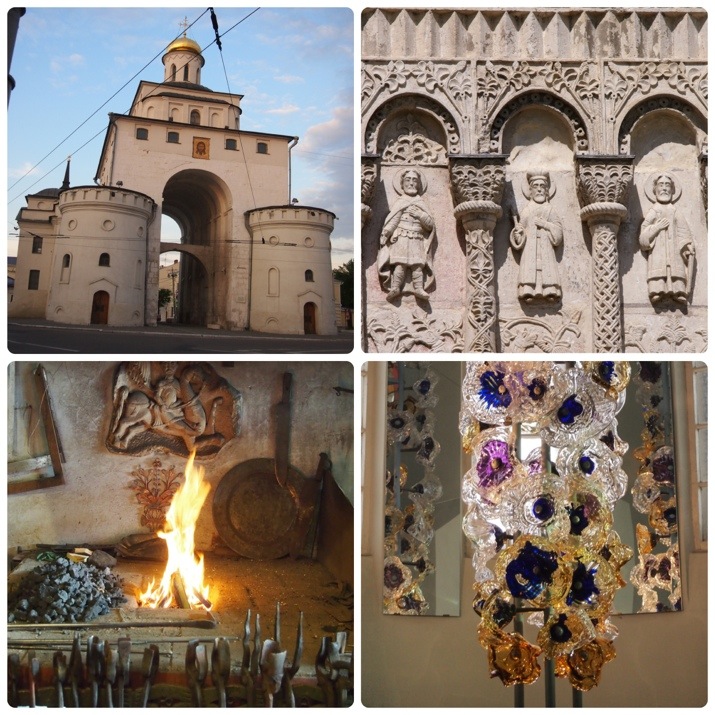 Vladimir museums (clockwise from top left): The Golden Gate, carvings on the Cathedral of St Demetrius of Salonica, glasswork in the Crystal Museum, forge at the blacksmith’s workshop
Vladimir museums (clockwise from top left): The Golden Gate, carvings on the Cathedral of St Demetrius of Salonica, glasswork in the Crystal Museum, forge at the blacksmith’s workshop
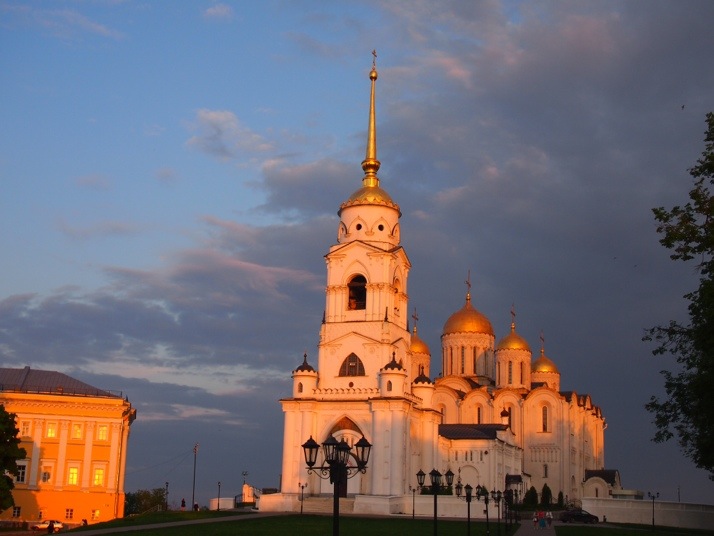 The Assumption Cathedral at sunset
The Assumption Cathedral at sunset
Suzdal
It feels as if every second building in Suzdal is a church – at one time there was a church for every 12 of its inhabitants along with 15 monasteries, and although not all of these survive, there are still a lot left! It’s quite a small sleepy town now, very pretty and easy to wander around. Many of the houses in the town are wooden and some have ornate carvings along the eaves and around the windows.
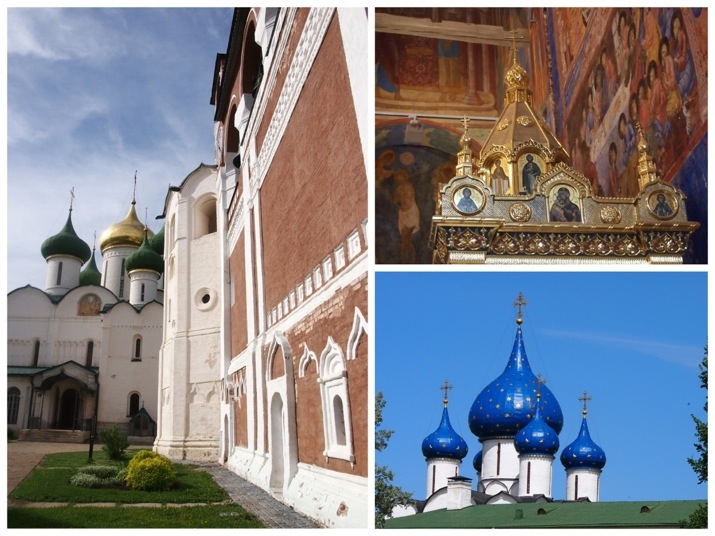 Churches at the Monastery of Our Saviour and St Euthimius, inside the Cathedral of the Transfiguration of Our Savior, domes of the Cathedral of the Nativity of the Virgin
Churches at the Monastery of Our Saviour and St Euthimius, inside the Cathedral of the Transfiguration of Our Savior, domes of the Cathedral of the Nativity of the Virgin
Suzdal also has a small museum of wooden architecture, similar to the one which we visited in Riga. The standout building here is the beautiful wooden Church of the Transfiguration and it was also interesting to see the reconstructions that they have of the building interiors.
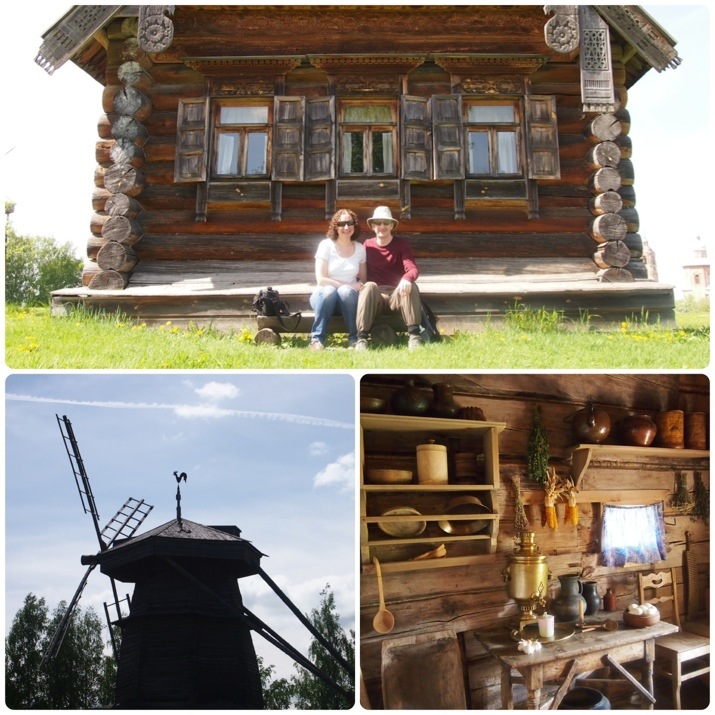 Us outside a peasant’s house, windmill and weathervane, kitchen reconstruction
Us outside a peasant’s house, windmill and weathervane, kitchen reconstruction
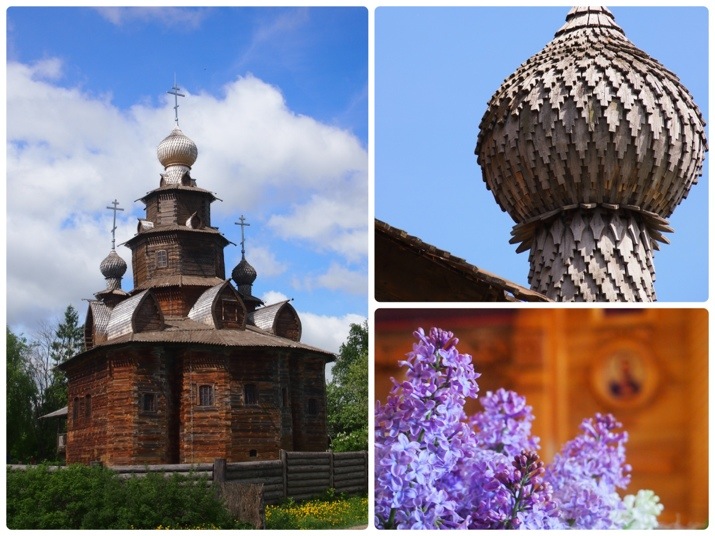 The Church of Transfiguration, wooden tiles on the dome, inside the Church of the Resurrection
The Church of Transfiguration, wooden tiles on the dome, inside the Church of the Resurrection
Bogolyubovo
Bogolyubovo is mentioned in our guidebook as a side trip from Vladimir and it was recommended to us twice (by Eva who we met at our hostel in Moscow, and again by Vlad and Tonya). We decided to fit it into our spare afternoon before the train to Yekaterinburg, and we’re very glad that we did. The bus let us off near to the very active convent. The interior of the cathedral is beautifully painted and was further enhanced by the nuns’ choir practice. Outside we saw the remains of the original cathedral and another two nuns washing the windows – they definitely wouldn’t have passed a HSE assessment…
We then took the path past the railway station and over the somewhat flooded fields to the Church of the Intercession on the Nerl. This small single domed church dates from the 12th century and was commissioned by Prince Andrei Bogolyubsky who sited his royal palace here and developed Vladimir into the capital of Rus.
Here’s our Golden Ring round up:
What photo takes you right back to the Golden Ring?
Bogolyubovo wasn’t in our original plans but we both loved the simplicity and location of this church.
Summarise the Golden Ring in three words.
- Churches
- Cathedrals
- Monasteries
You really know you’re in the Golden Ring when…
You find yourself lining up another shot of church domes.
What one item should you definitely pack when going to the Golden Ring?
Julie: a scarf to cover your hair in the churches.

 two year trip
two year trip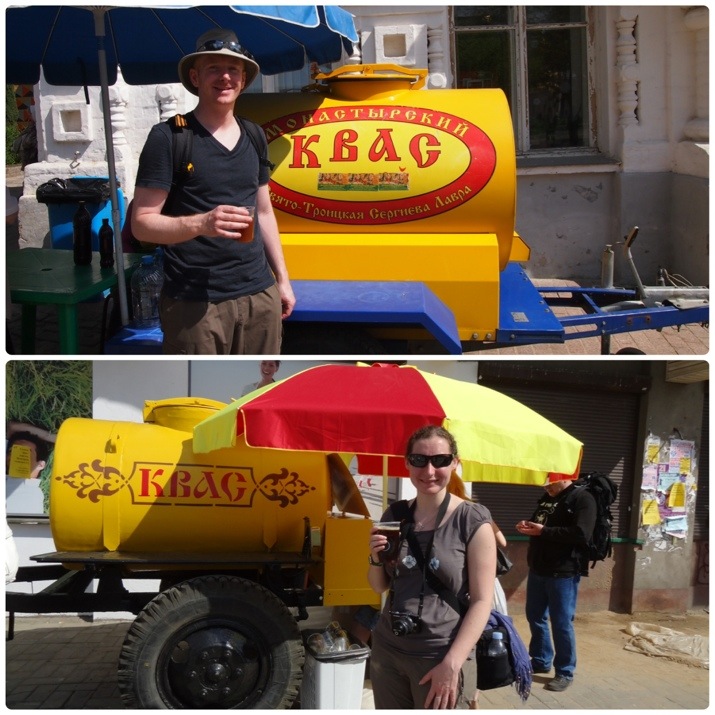
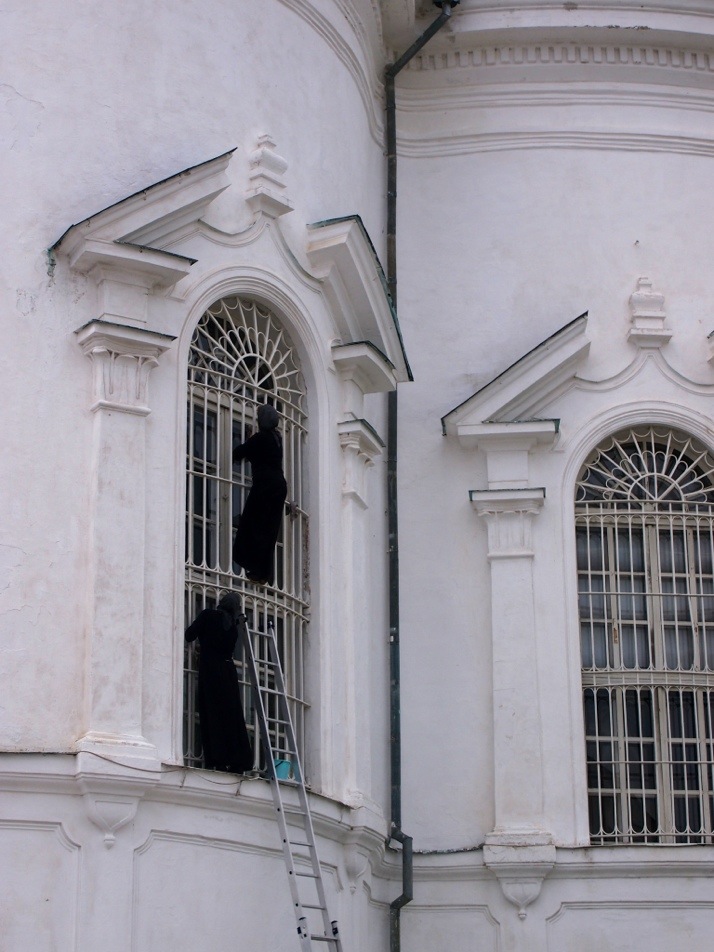
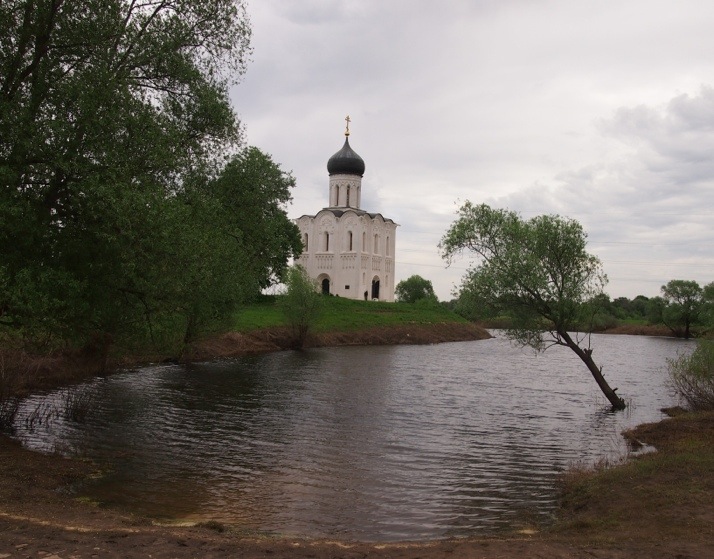
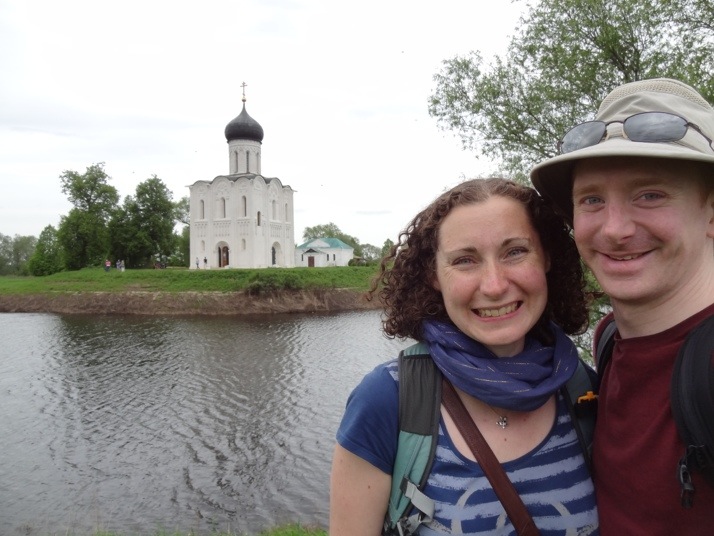
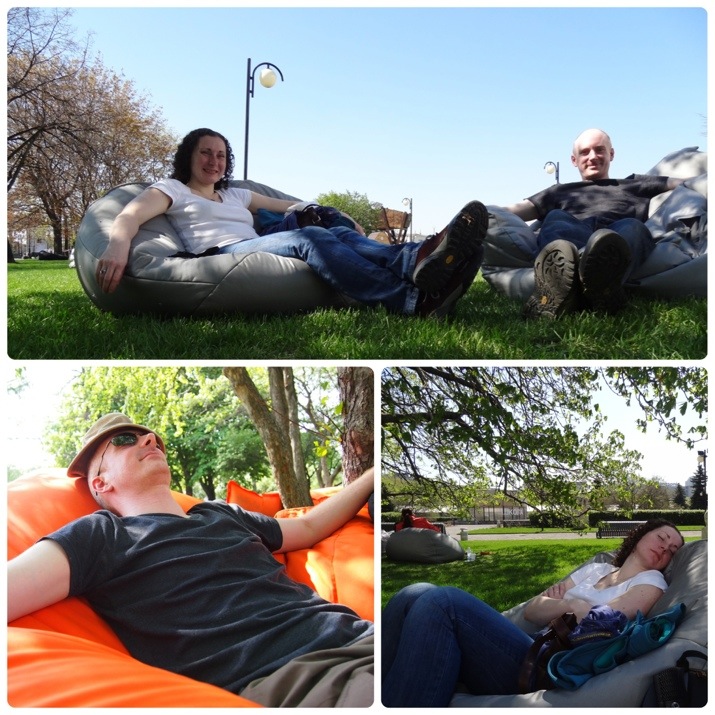
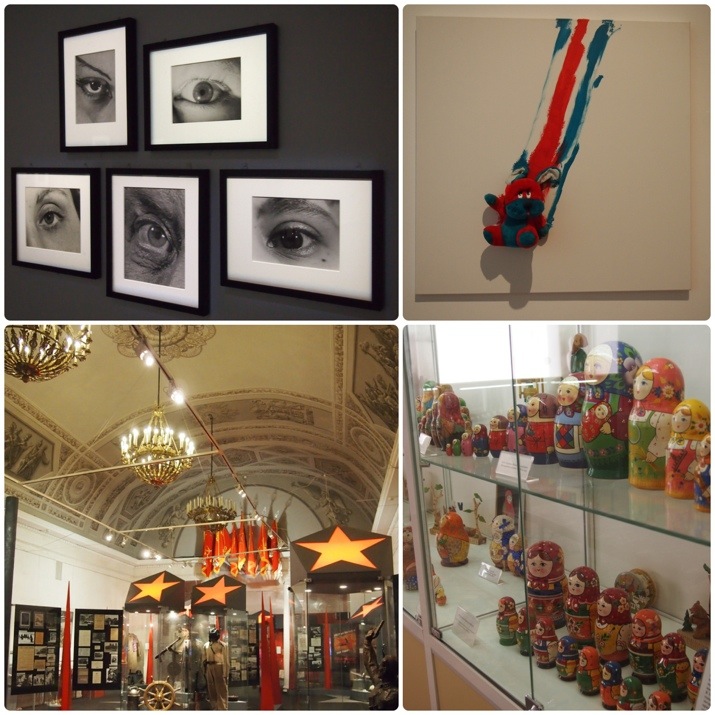
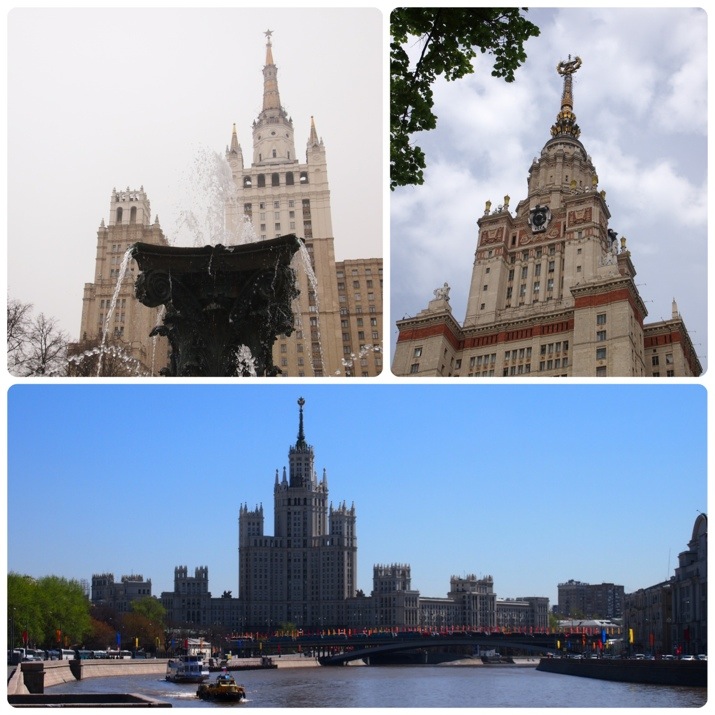
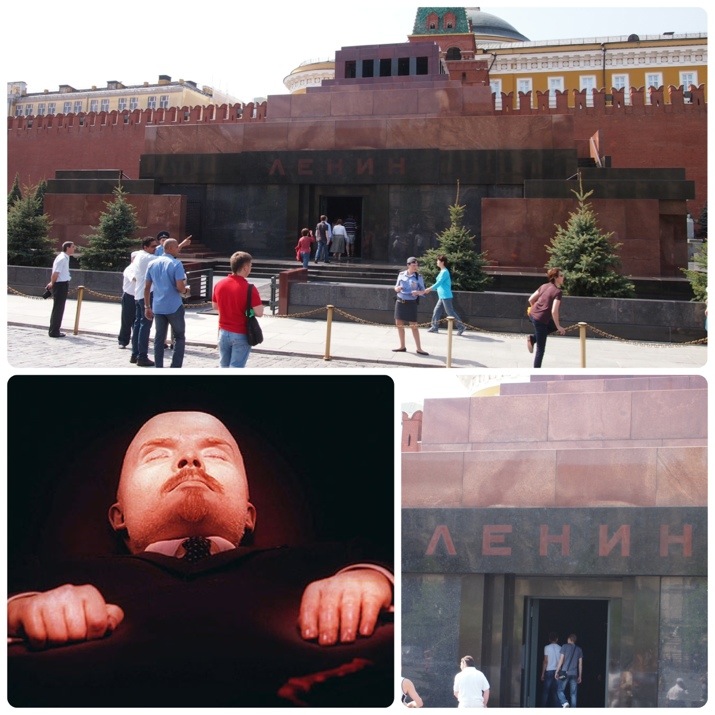
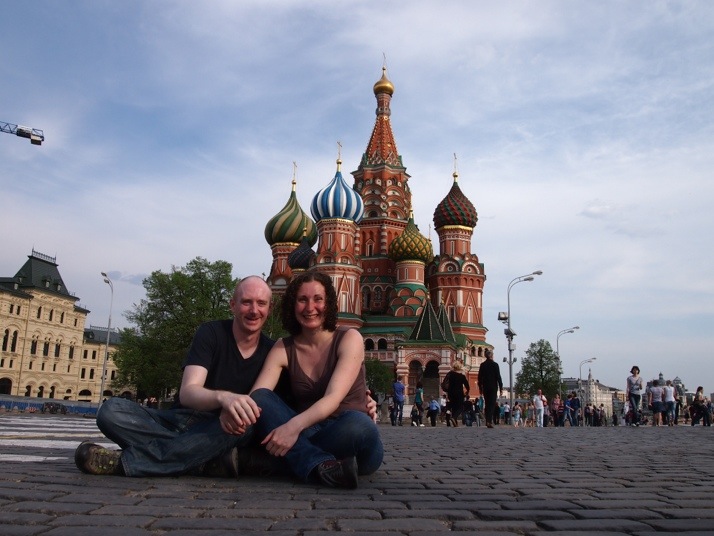
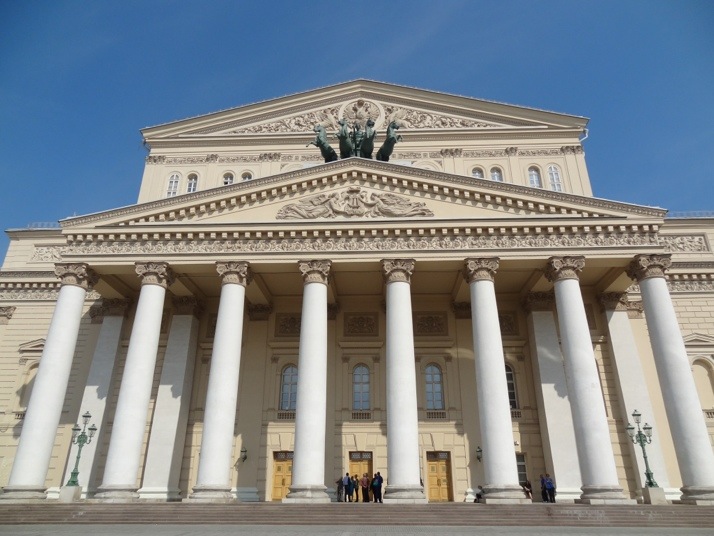
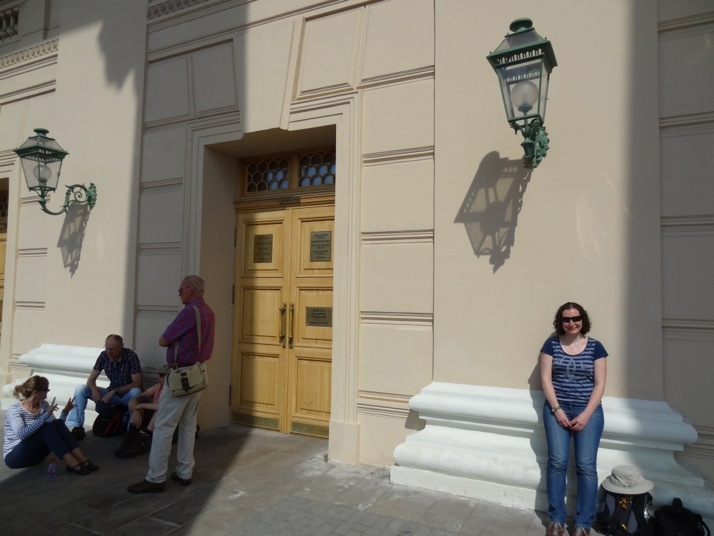 Queuing outside the Bolshoi for 2 of the 15 tour tickets. The couple to the right sitting down are the friendly Dutch translating organisers!
Queuing outside the Bolshoi for 2 of the 15 tour tickets. The couple to the right sitting down are the friendly Dutch translating organisers!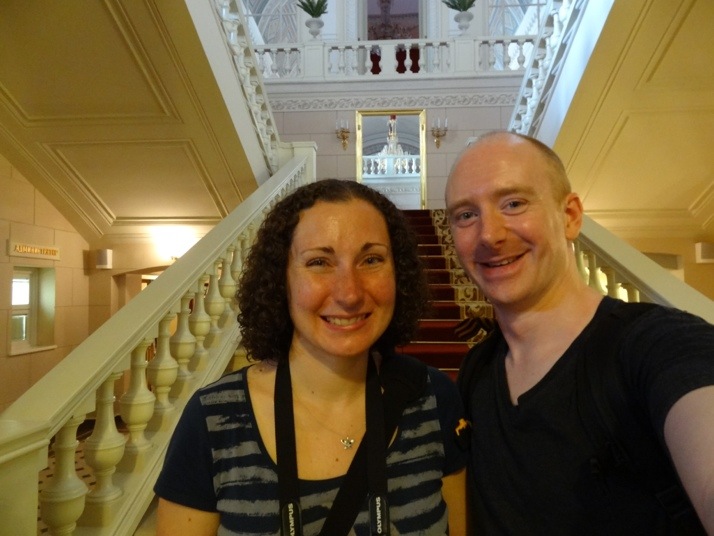 White walls, white marble staircases with gold relief and red carpets for the stairs. Elegant and sophisticated
White walls, white marble staircases with gold relief and red carpets for the stairs. Elegant and sophisticated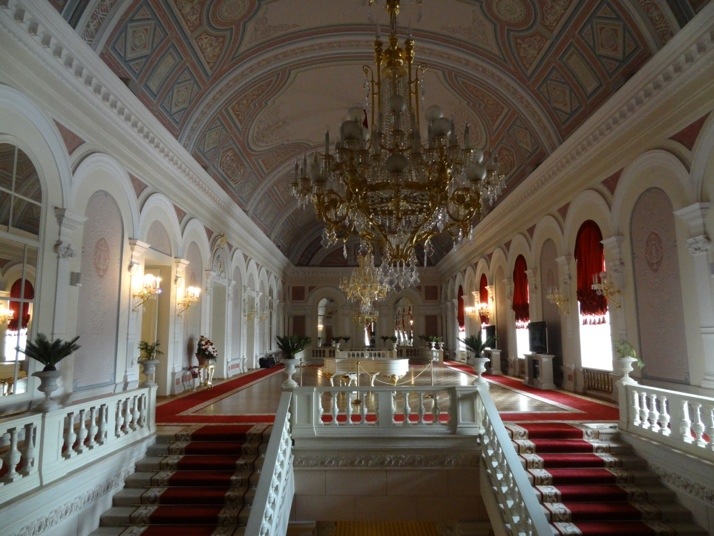 Foyer for the belle-etage
Foyer for the belle-etage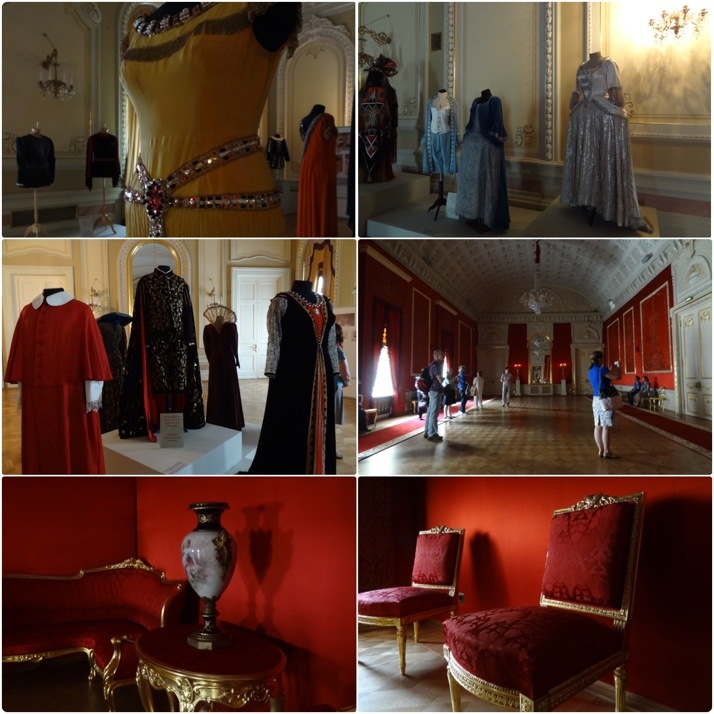 The tour included several rooms off the wings of the main theatre, which contained photographs and costumes of past performances
The tour included several rooms off the wings of the main theatre, which contained photographs and costumes of past performances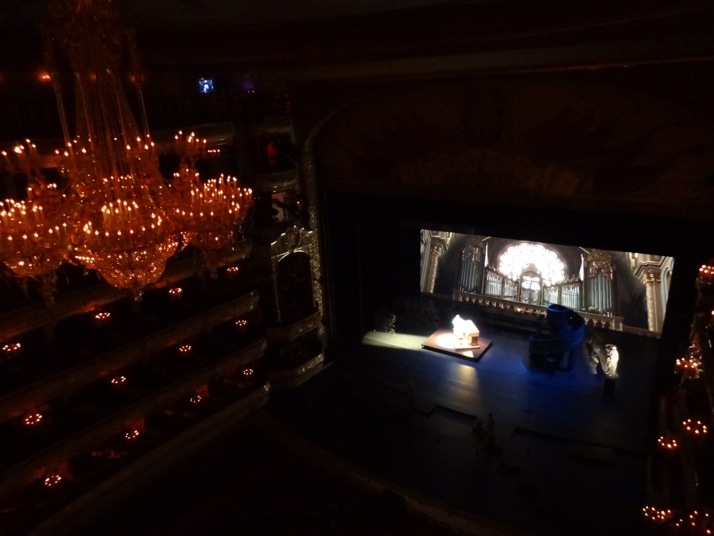 View from the 4th floor balcony, Main stage, Bolshoi Theatre
View from the 4th floor balcony, Main stage, Bolshoi Theatre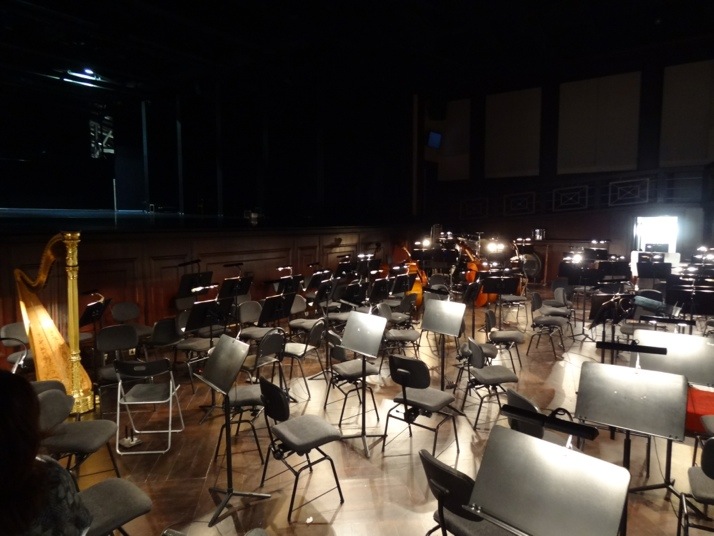 The main practice stage and orchestra pit, which is above the main Bolshoi performance stage
The main practice stage and orchestra pit, which is above the main Bolshoi performance stage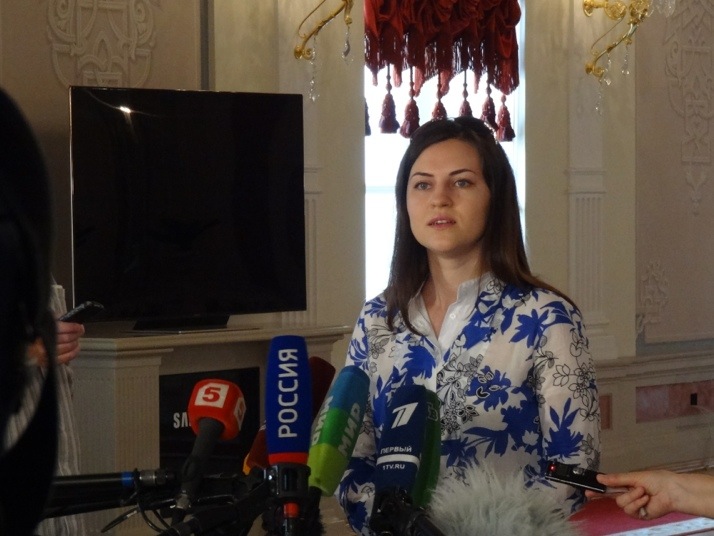 Interview inside the Bolshoi. Do you know who this is?
Interview inside the Bolshoi. Do you know who this is?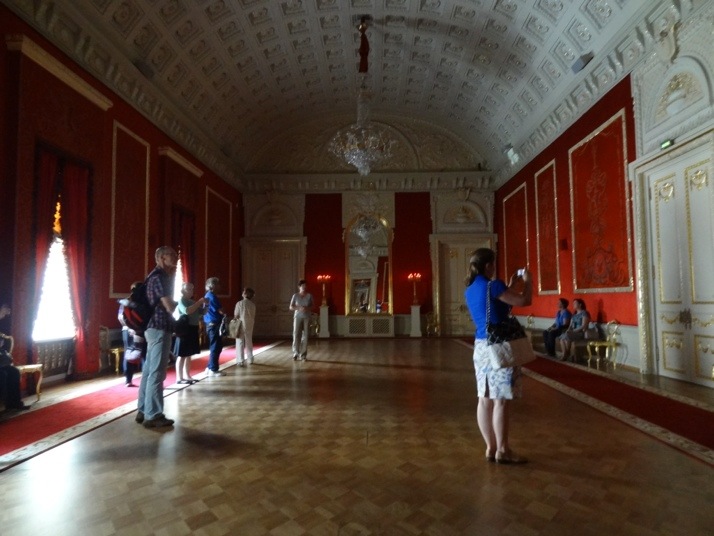 The old banqueting hall, which was used to entertain VIPs. To the west of the main stage on the first floor. That’s our tour guide in the middle of the picture
The old banqueting hall, which was used to entertain VIPs. To the west of the main stage on the first floor. That’s our tour guide in the middle of the picture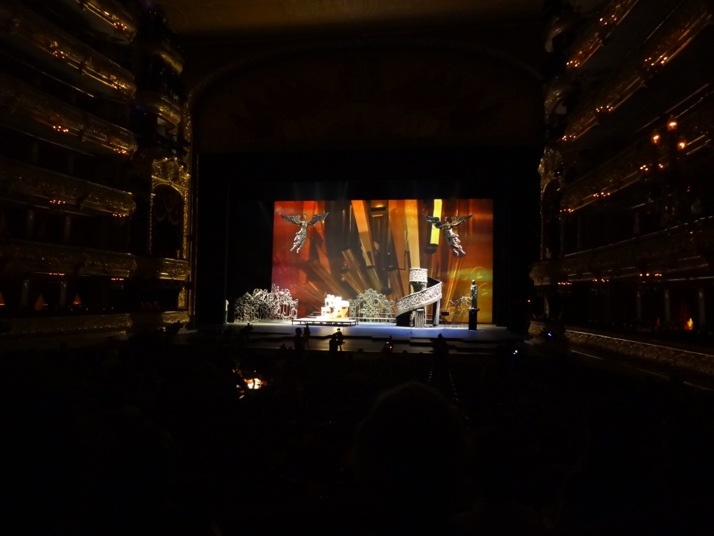 Bolshoi rehearsals. Wonderful organ music recital
Bolshoi rehearsals. Wonderful organ music recital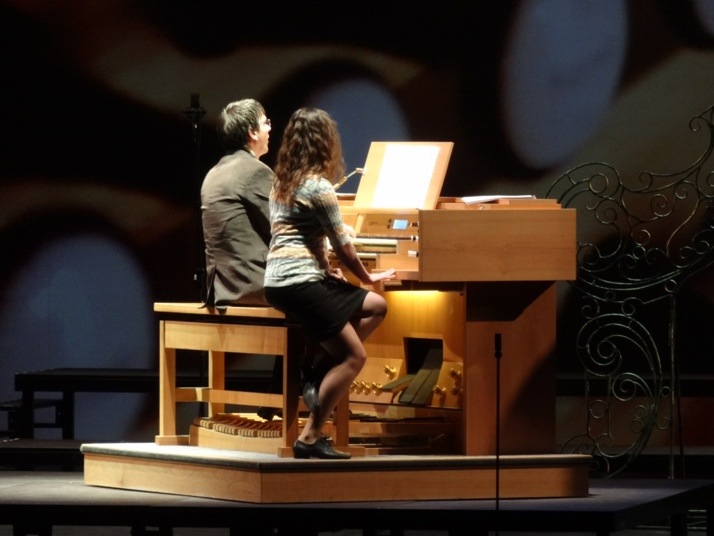 Close-up of the organ rehearsals
Close-up of the organ rehearsals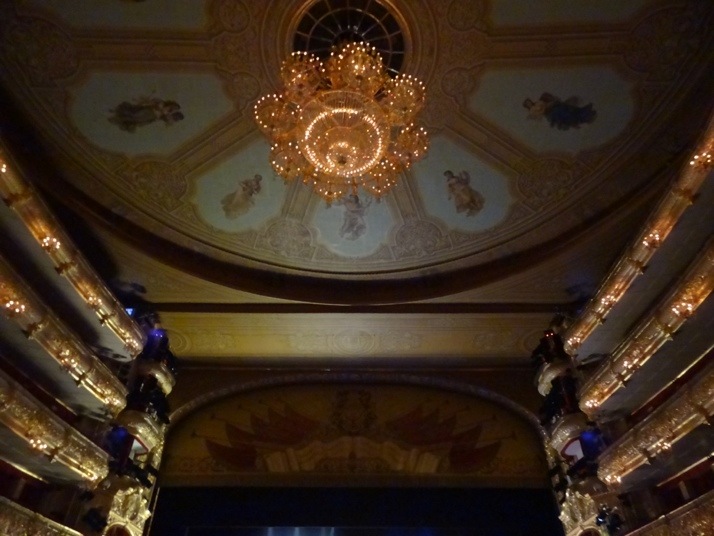 The ceiling in the Bolshoi’s main stage – stunning
The ceiling in the Bolshoi’s main stage – stunning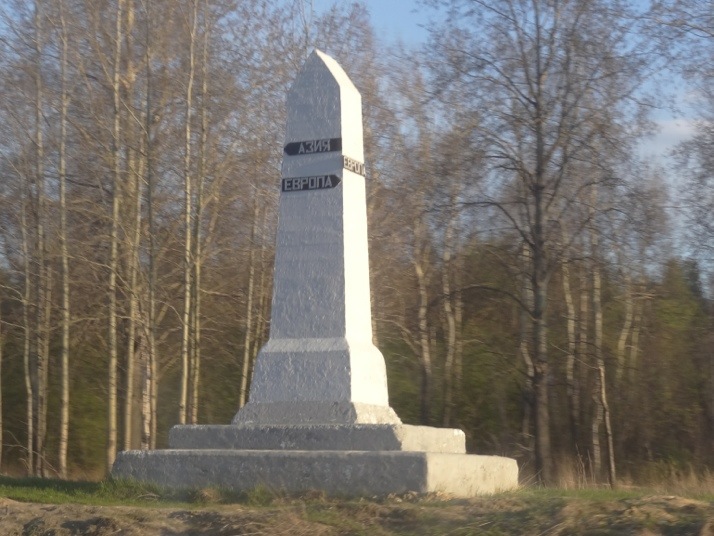
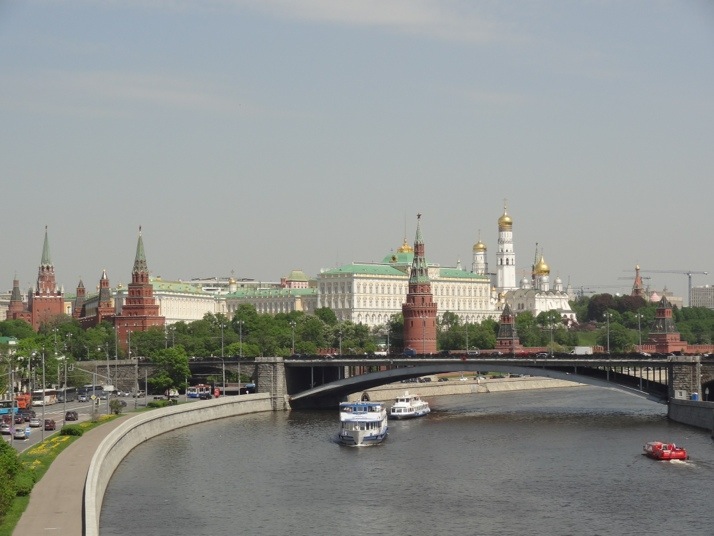
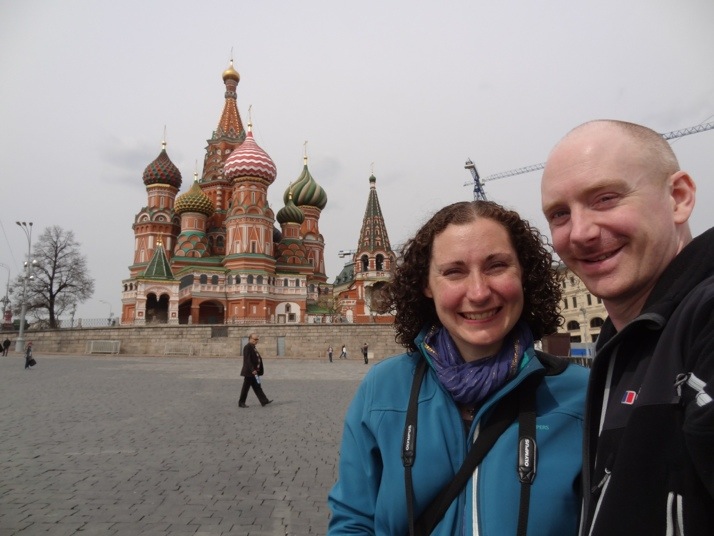 Our first evening in Moscow, outside the magnificent St Basil’s Cathedral
Our first evening in Moscow, outside the magnificent St Basil’s Cathedral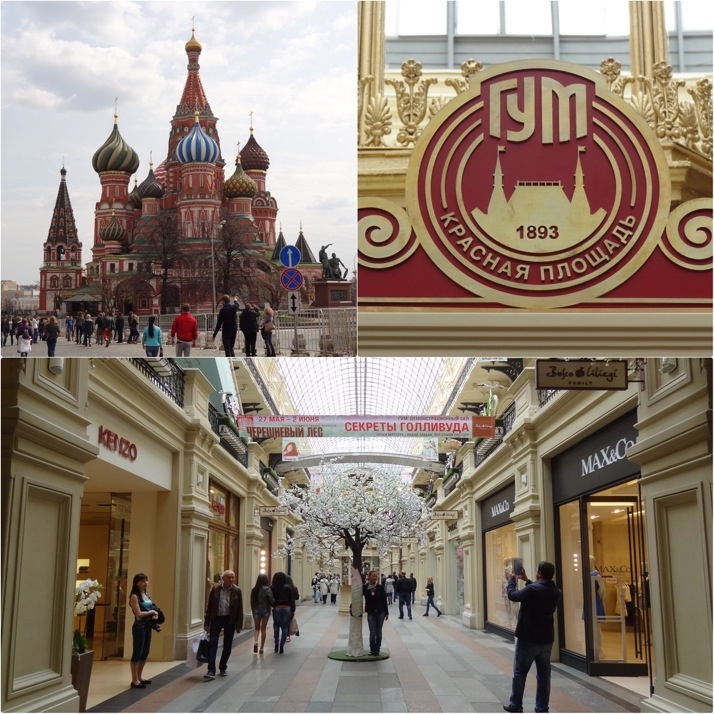 St Basil’s Cathedral from the Red Square side, and the one-time exclusive ГУМ shopping centre
St Basil’s Cathedral from the Red Square side, and the one-time exclusive ГУМ shopping centre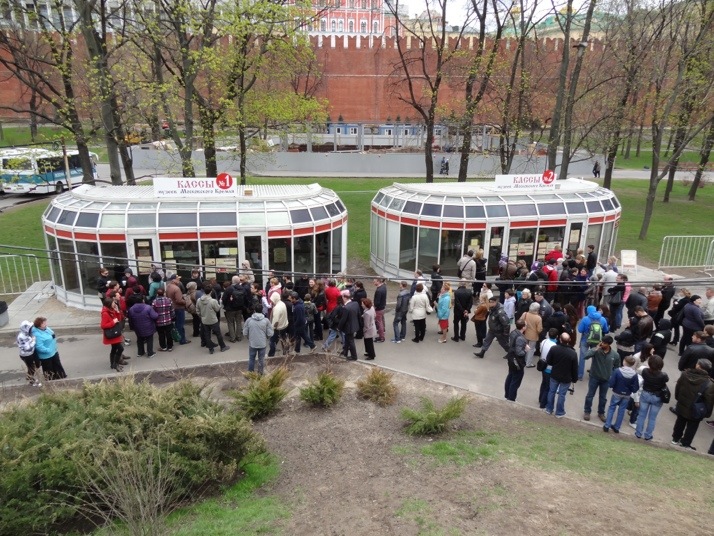
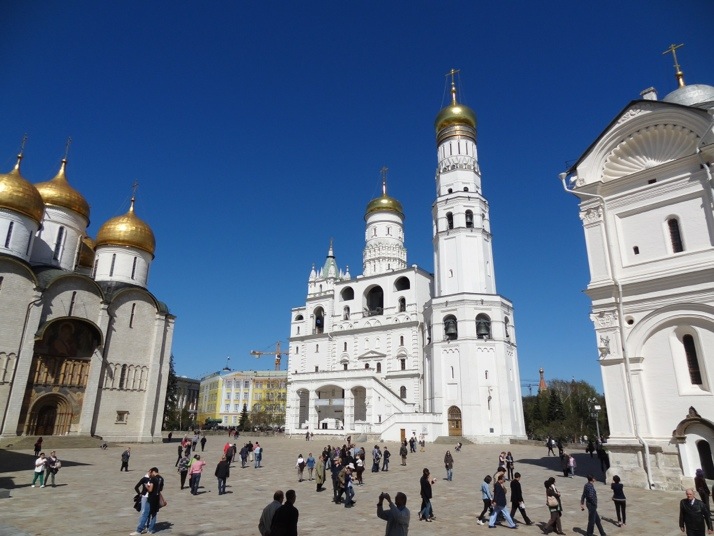
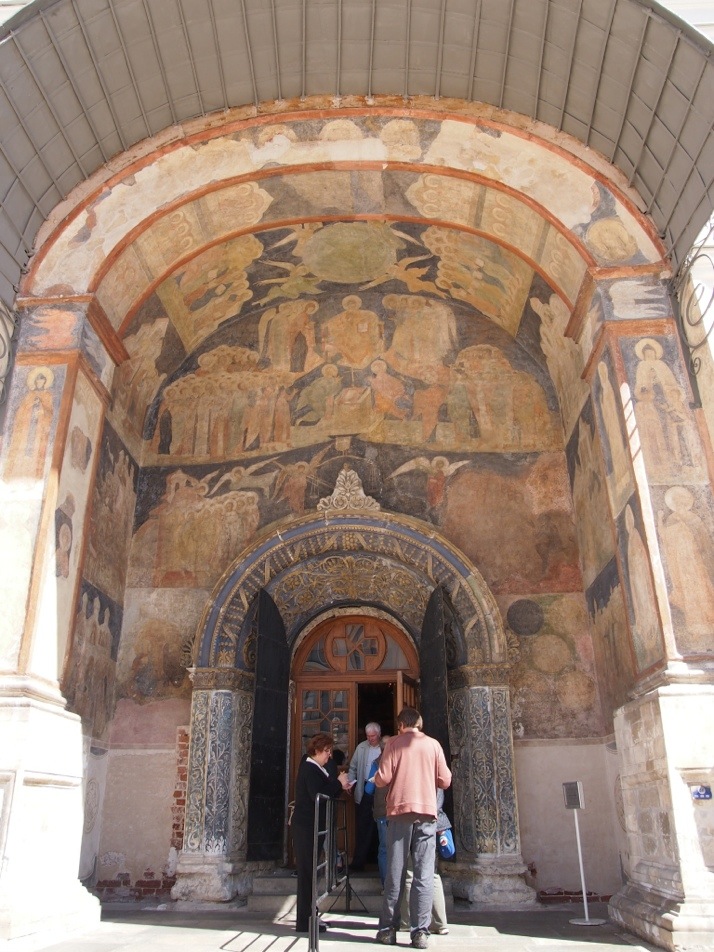 Entranceway into The Archangel’s Cathedral
Entranceway into The Archangel’s Cathedral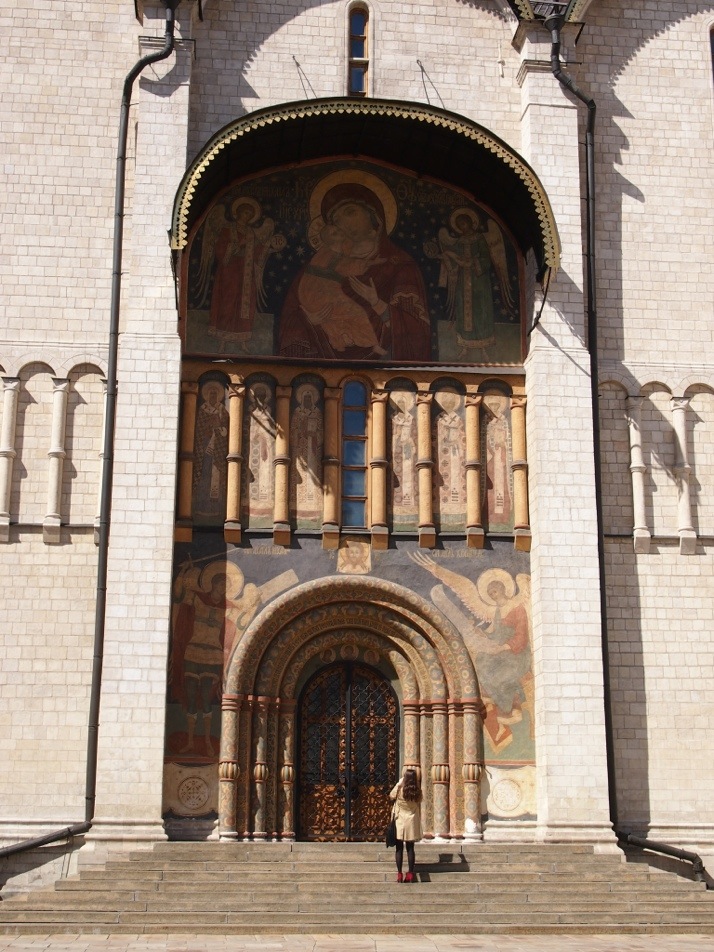 Main entranceway into The Assumption Cathedral
Main entranceway into The Assumption Cathedral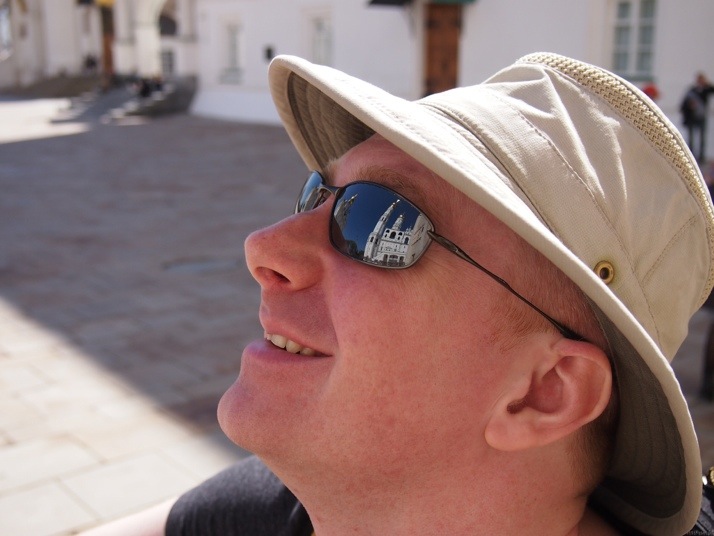
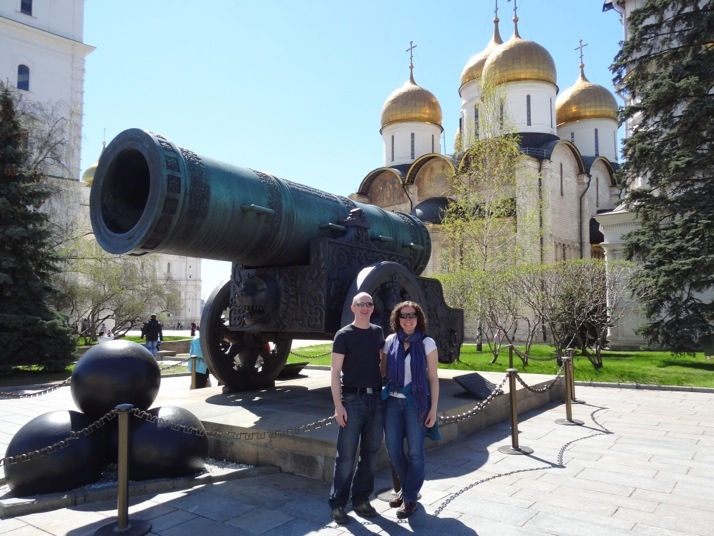
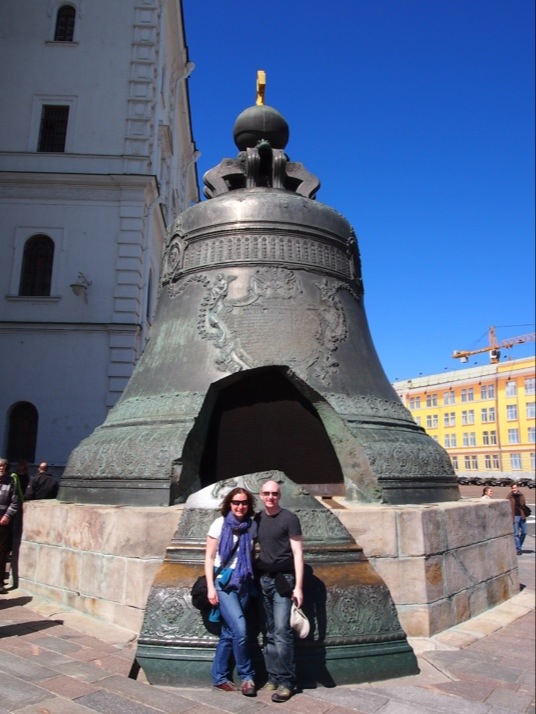
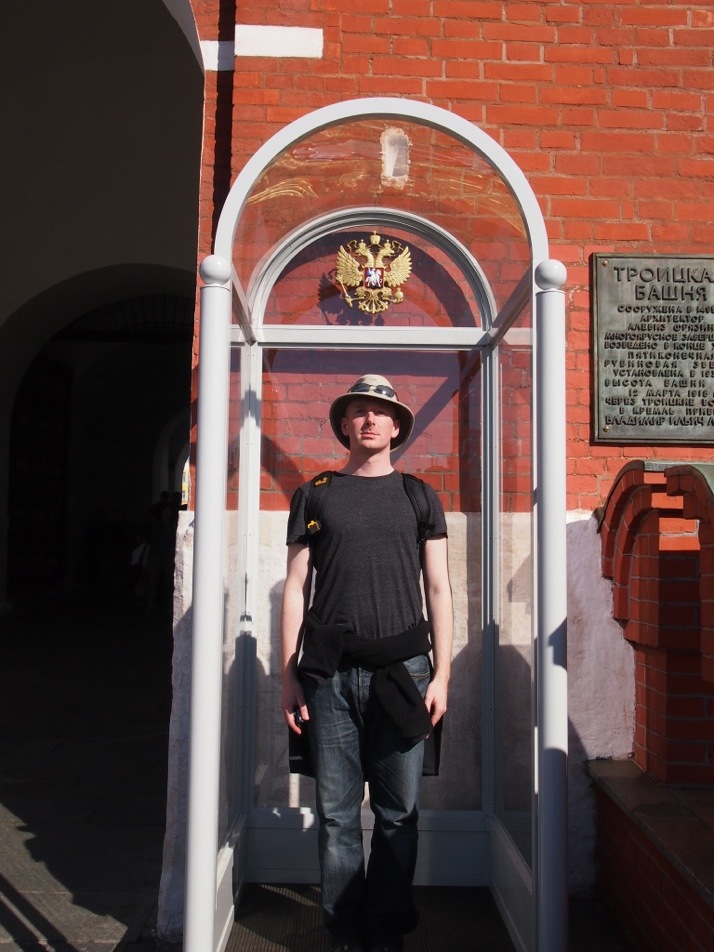
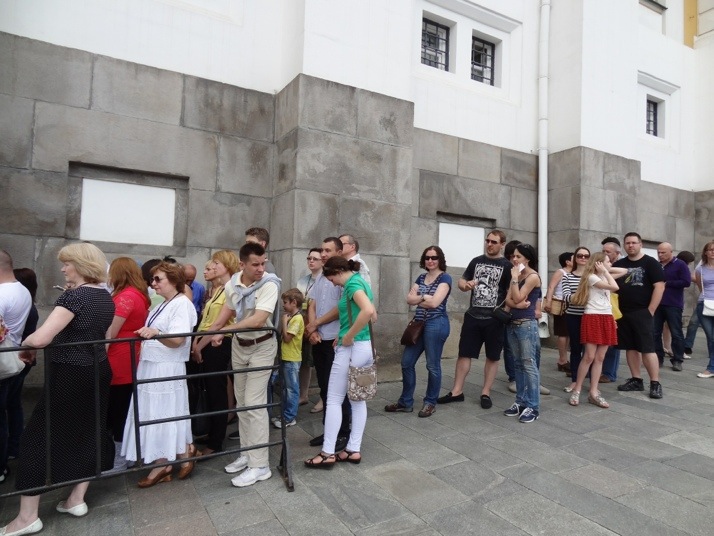 Third queue of the day – almost inside the Armoury!
Third queue of the day – almost inside the Armoury!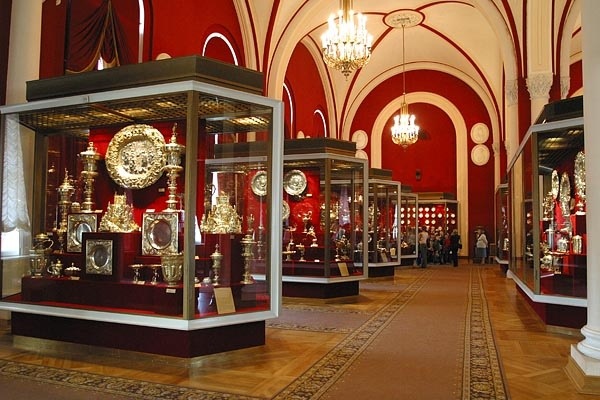 The Kremlin Armoury (photo credit: thefrenchblue.com)
The Kremlin Armoury (photo credit: thefrenchblue.com)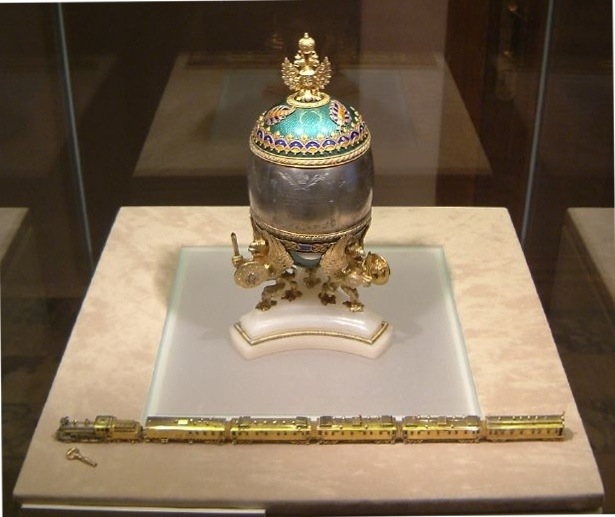 The Trans-Siberian Fabergé Egg – with working miniature train! (photo credit: wikipedia.org)
The Trans-Siberian Fabergé Egg – with working miniature train! (photo credit: wikipedia.org)